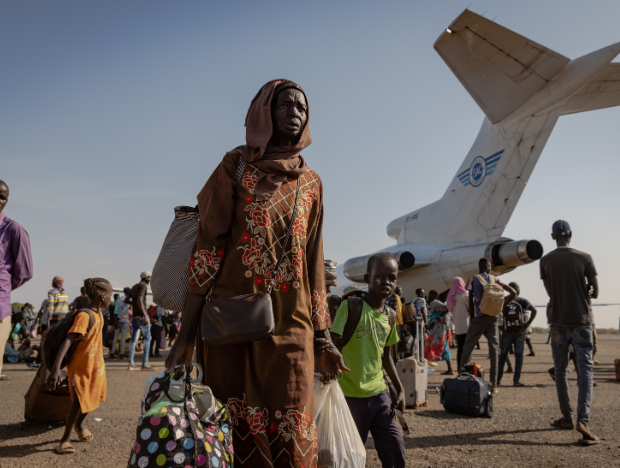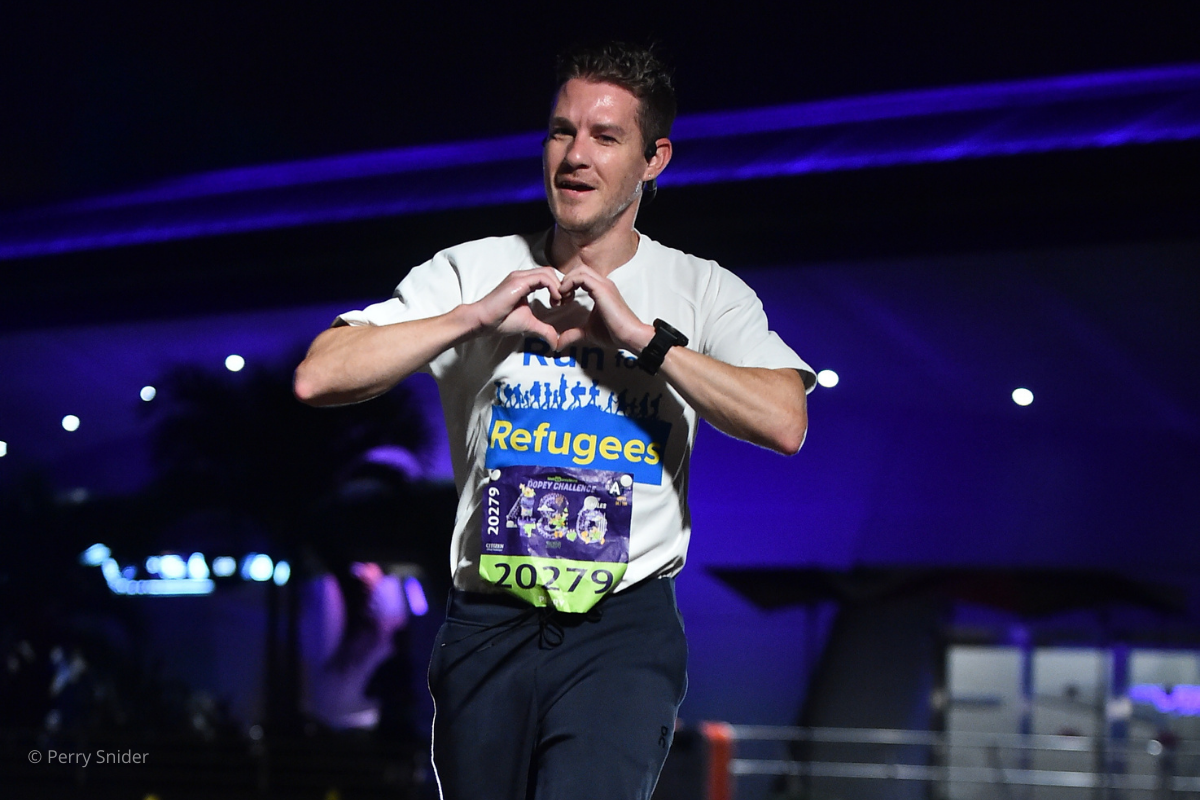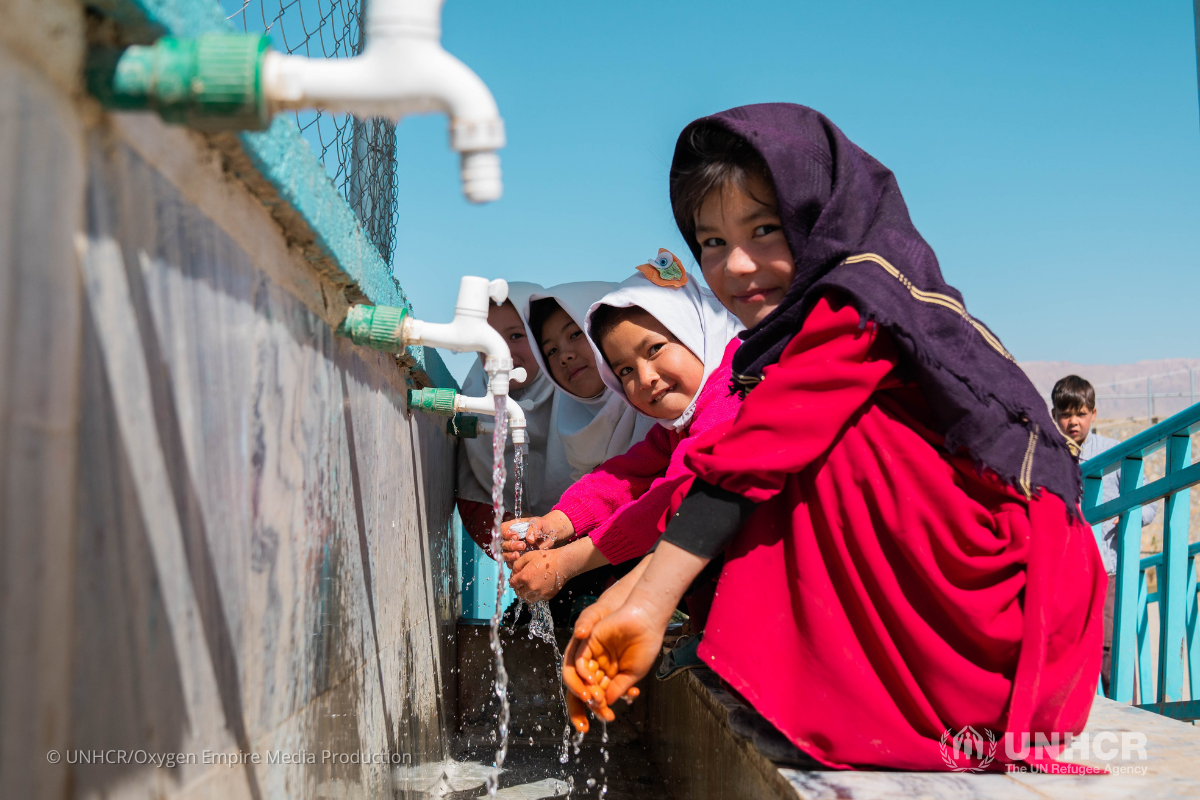What is Asylum? - The Fundamentals of Seeking Safety
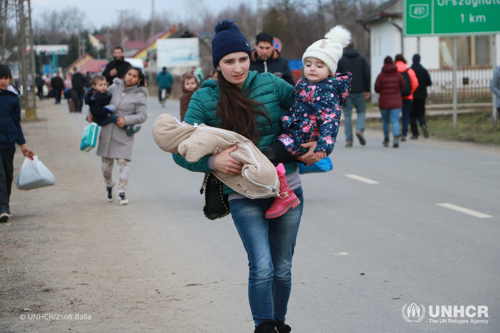
For the first time on record, a staggering 100 million people around the world have been forced to flee violent conflict, persecution and human rights violations. The war in Ukraine and the ongoing conflicts in Syria, Afghanistan and Venezuela have driven millions of families to flee their home countries to find safety. Now, more than ever, every person must have the right to seek safety—whoever they are, wherever they come from and whenever they are forced to flee.
Here's what you need to know:
2. What is the difference between a refugee and an asylum seeker?
3. Who are asylum seekers and why are they seeking asylum?
4. What is the right to seek asylum?
5. How has COVID-19 impacted asylum seekers and refugees?
6. What is UNHCR doing to support asylum seekers and refugees?
1. What is asylum?
Asylum is a form of protection available to anyone at risk of serious harm in their home country who must leave in search of safety in another country. The first step for a person seeking asylum is to leave one's home, one of the most difficult decisions a person will ever make. In fleeing their home country, they must leave behind everything they’ve ever known—their friends, family, home, job, personal belongings and sense of security. Asylum seekers often embark on dangerous journeys across land and sea to reach a new country.
Even after an asylum seeker reaches their destination, safety isn’t guaranteed until they can secure refugee status. Asylum claims can take months to years to process, and even longer when the right to seek asylum is suspended during times of crisis. This was the reality for hundreds of thousands of asylum seekers from Central America, Mexico and Venezuela who were turned away or expelled due to changes to U.S. asylum and border policies during the COVID-19 pandemic. While many countries around the world are re-opening their borders and beginning to process asylum claims again, the road to asylum can be complicated. Ultimately, all asylum seekers hope to establish refugee status so they can remain in their new country.
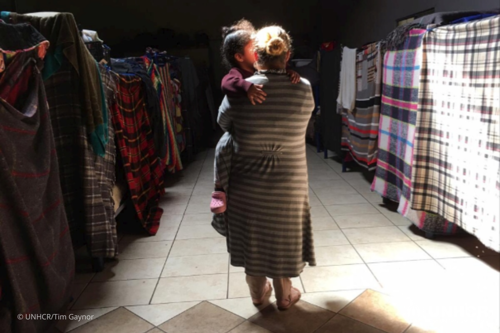
“We’re stuck. We can’t go back home, and we can’t go forward. We are adrift,” says Lorena, a mother of three from Honduras who was expelled to Mexico after attempting to seek asylum in the U.S. “It’s traumatic. It’s desperate … I don’t know this place. It’s a strange country … I don’t have family here.”
2. What is the difference between a refugee and an asylum seeker?
There is often confusion around the terms ‘asylum seeker’ and ‘refugee’. A refugee is defined as someone who has been forced to flee persecution, war or violence and has crossed an international border to find safety in another country. They have a well-founded fear of persecution because of their race, religion, nationality, political opinion or membership in a particular social group. Refugees are afforded international protection by other countries because it is too dangerous for them to return home. An asylum seeker is someone whose request for sanctuary has yet to be processed. Once asylum seekers are recognized as refugees, they can receive legal and material assistance from the host country government.
3. Who are asylum seekers and why are they seeking asylum?
More than two-thirds of all refugees and Venezuelans displaced abroad originate from just five countries: Syria, Venezuela, Afghanistan, South Sudan and Myanmar. Millions of people are forced to escape their country of origin each year due to persecution, armed conflict, war, gang violence and extreme poverty. On these dangerous journeys, they are at the mercy of smugglers and traffickers and at grave risk of abuse, exploitation, sexual and gender-based violence, forced labor and other human rights violations.
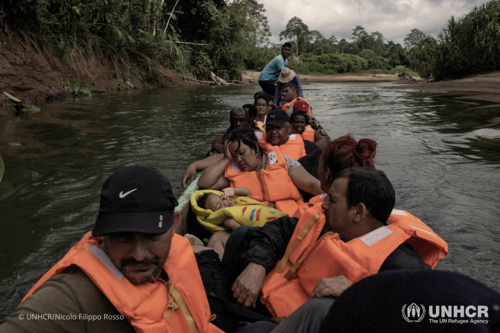
“I had heard that it was dangerous, but I didn’t think it would be that dangerous,” said Mariana, a Venezuelan woman who was raped by a gunman while trekking through the dangerous jungles of the Darien Gap to reach Panama. “He told me, ‘If you behave and you don’t hide any money from me, you can catch up to your group. Otherwise, you’ll end up like the others.’” Four women had been shot on the same trail.
In 2021, over 3,000 people died or went missing while making dangerous sea crossings to reach Europe. Despite the risks involved, countless refugees and asylum seekers make the journey each year all in the hopes of reaching a safer country and securing a better future for their families.
4. What is the right to seek asylum?
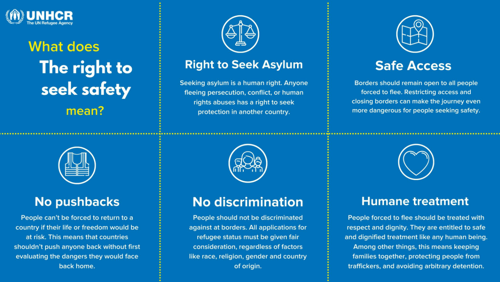
Everyone has the right to seek asylum—no matter who they are, where they come from, or when they choose to flee. The right to seek asylum, along with other rights of refugees, is outlined in the 1951 Refugee Convention and its 1967 Protocol which has protected the rights of asylum seekers and refugees since the end of WWII. The legal documents are the core basis of international refugee protections and define the moral and legal obligations of countries to refugees and asylum seekers.
One of the most important protections established by the Convention is the core principle of non-refoulement, the right for refugees and asylum seekers to be protected from forced returns to a country where they will face serious threats to their life or freedom. This protection gives asylum seekers the right to seek asylum without fear of being returned to their country of origin, even if their legal refugee status hasn’t been determined yet. All countries are accountable for protecting asylum seekers and must accept them when they arrive at ports of entry.
If a refugee or asylum seeker is denied entry into a country and returned to their country of origin, they may be forced to return to an armed conflict or war and could be at risk of persecution, violence and death. To protect people from returning to dangerous situations where their lives and freedoms are at risk, the right to seek asylum must be upheld.
5. How has COVID-19 impacted asylum seekers and refugees?
Some of the most vulnerable groups to be disproportionately impacted by the COVID-19 pandemic are refugees, asylum seekers and displaced people. Since the onset of the COVID-19 pandemic, lockdowns, travel restrictions and border closures have prevented refugees and asylum seekers from exercising their right to seek safety.
International law mandates that countries keep their borders and ports open to receive asylum seekers, but at the beginning of the pandemic many countries restricted freedom of movement to slow the spread of COVID-19. At the height of the global health crisis, at least 100 countries restricted access to asylum seekers, turning them away at ports of entry or even forcibly returning them to their home countries. Despite progress made in tackling COVID-19, at least 17 countries continue to restrict access to asylum seekers attempting to flee.
6. What is UNHCR doing to support asylum seekers and refugees?
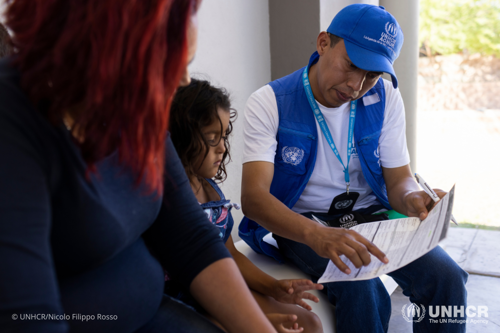
UNHCR has been helping people forced to flee since 1950 and ensuring their right to seek safety in other countries. UNHCR upholds the 1951 Refugee Convention and its 1967 Protocol and coordinates with countries to safeguard the rights of refugees, asylum seekers, stateless and internally displaced people. While countries have the primary duty of processing asylum cases, UNHCR will process asylum applications in cases where countries are not signatories to the Convention and/or do not have a fair or efficient asylum procedure in place.
UNHCR works with countries to improve and strengthen their national refugee determination procedures in order to support asylum seekers at their greatest moment of need. Throughout the COVID-19 pandemic, while many countries closed their borders or refused entry to asylum seekers, UNHCR called on countries to lift their pandemic-related asylum restrictions. UNHCR continues to provide critical guidance and technical advice to countries on upholding international legal obligations to asylum seekers while protecting public health.
How you can help…
More than 100 million people around the world have been forced to flee violent conflict, persecution and human rights violations. At their greatest moment of need, your compassionate support helps provide emergency supplies, lifesaving care and protection to families who are fleeing for their lives. By becoming USA for UNHCR’s newest monthly donor, you can support asylum seekers and displaced people in their ongoing journey to find safety and hope.
